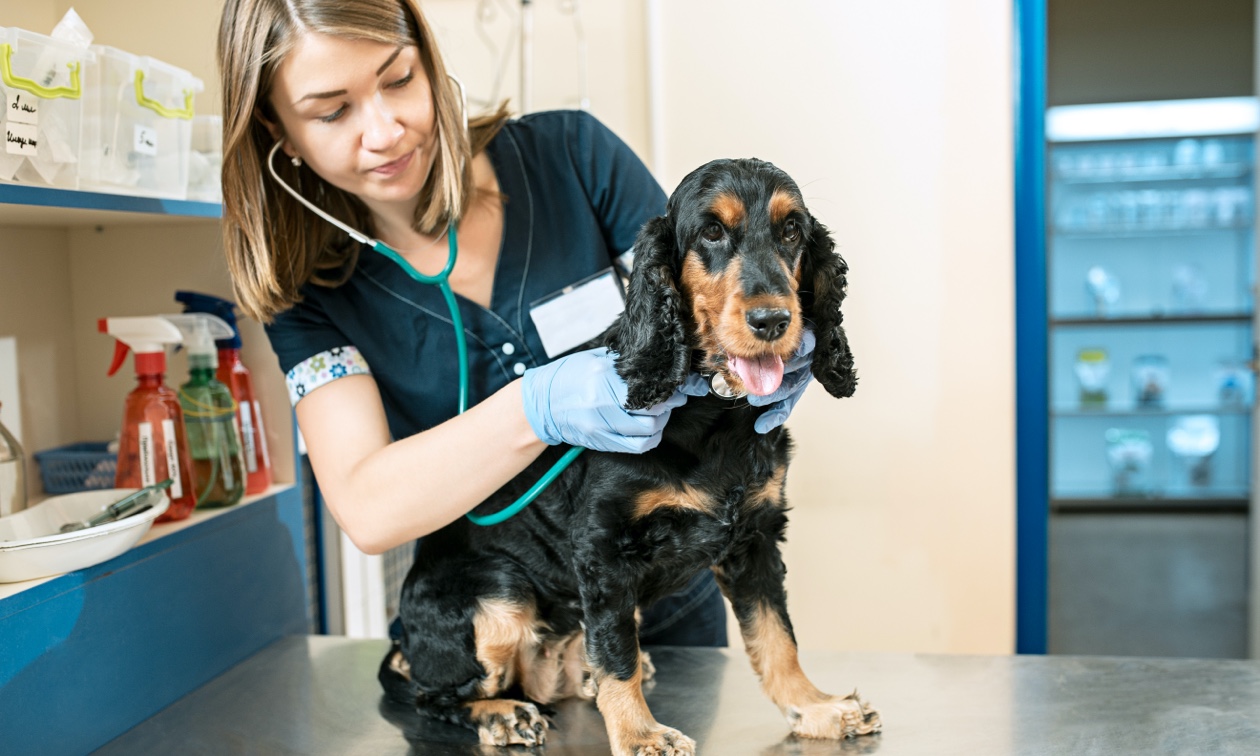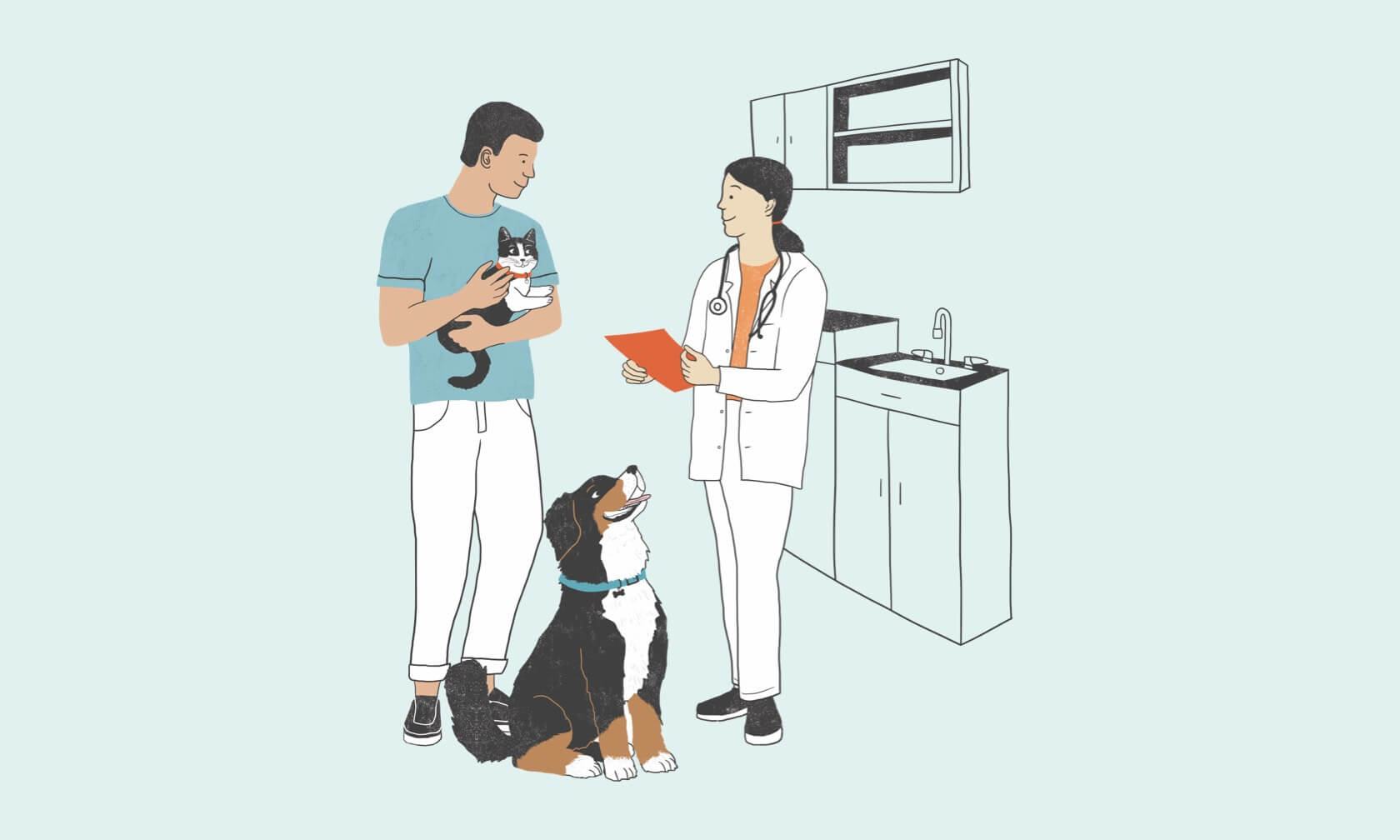You want your diabetic dog or cat to live an active and happy life, and the best way to help ensure that is for your veterinarian to accurately assess your pet’s treatment plan. To do that, they need to know your pet’s blood glucose levels based on normal daily activity. By taking blood glucose readings at home, you can become your veterinarian's best ally in gathering this crucial information.

Why test at home?
It’s accurate. Clinic visits can be stressful for pets and may cause blood sugar levels to spike or drop. Readings taken at home under normal daily conditions provide a more accurate representation of typical glucose levels and are often a much better indicator of true glycemic control. Veterinarians can make better decisions for your pet with these accurate blood glucose results.
It’s easy to use. The AlphaTRAK® 3 meter requires a small sample, about a drop (0.3 uL of blood). All you have to do is take a tiny blood sample, apply it to the test strip, and insert the strip into the meter.
It gives you peace of mind. Regular monitoring at home under normal conditions can help you identify diabetic complications before they become serious, which could also help avoid stressful and costly emergency room visits.
Successful at-home monitoring
Test your pet’s blood sugar under normal daily conditions. These levels can spike or dip depending on several factors, including:
- Eating
- Exercise
- Anxiety, such as being left alone or having company in the house
- Moments of activity, like chasing a squirrel or active play
- A visit to the veterinarian
Communicate with your veterinarian
Pet diabetes management takes teamwork, and your veterinarian and clinic staff are your best teammates. You’re not alone — so never hesitate to reach out to your veterinarian's office with any questions or concerns.
Follow your veterinarian’s treatment plan closely and always communicate results as directed. This is the key to successful diabetes management.
Putting it into practice
Monitoring your pet’s diabetes is the best way to help you ensure your dog or cat maintains a high quality of life. Testing might be daunting at first, but it will become second nature before long and potentially help you add years to the life of your best friend.
Could your pet have diabetes? Use this diabetes checklist to see if your pet is showing signs of diabetes.
ZPC-00360R1








